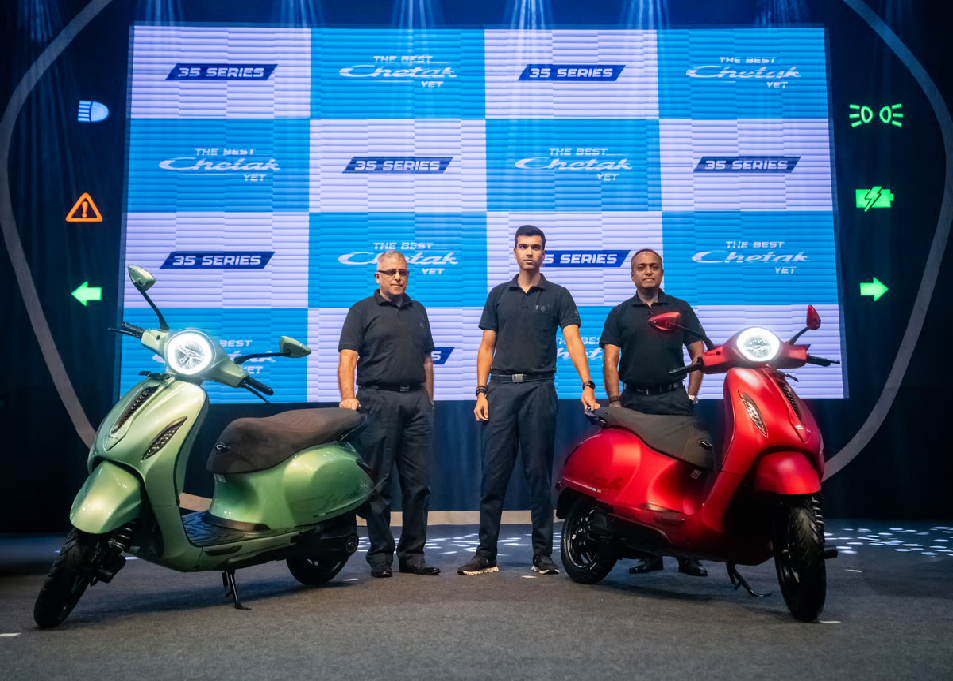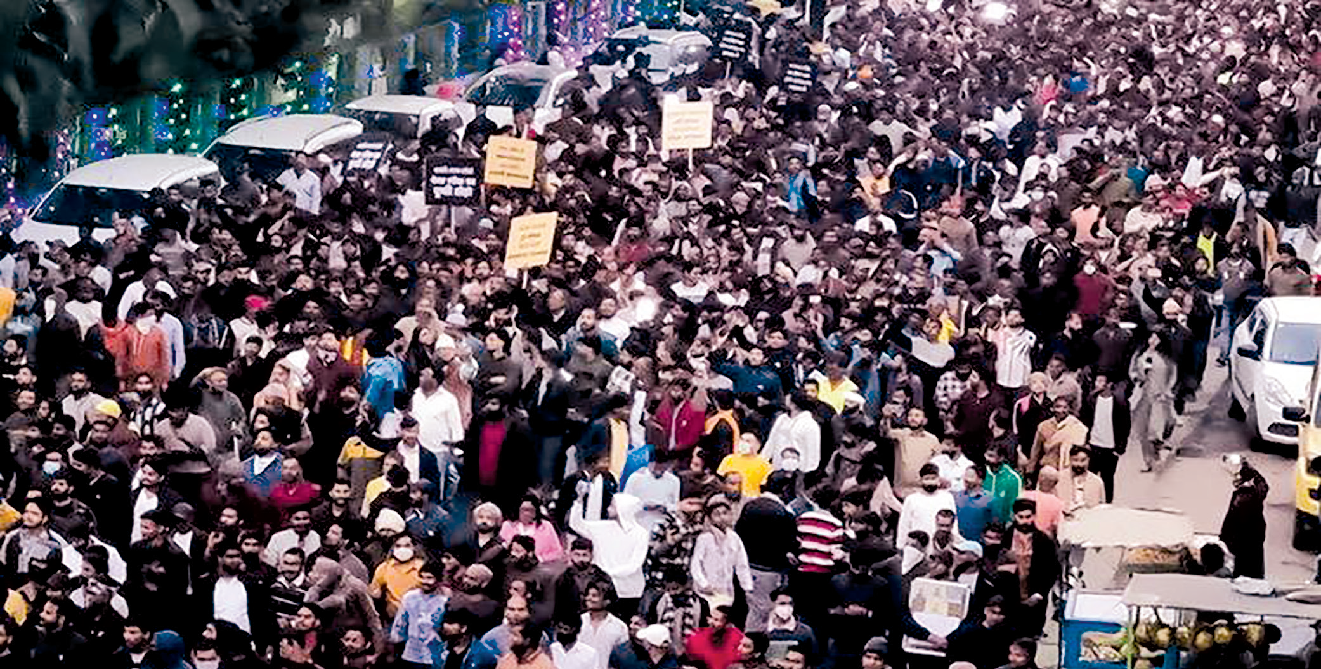
Forgotten tales of music that impacted the world
NT Correspondent
Bengaluru
Creating a comic magazine in India had been a long-standing dream of Orijit Sen, a graphic artist, cartoonist and designer based in Goa, whose River of Stories, published in 1994 is considered India’s first graphic novel. But it wasn’t until Sanjiv Kumar of Ektara Trust approached him did he get the opportunity in 2020.
“Sanjiv was concerned about a new kind of illiteracy that has been spreading amongst youngsters since smartphones have come in. Many don’t read beyond what they have to study in textbooks. And we felt comics are one way of making print exciting again,” says Orijit Sen about how he started Comixense, a quarterly comics magazine that features stories from writers and artists from across India.
The latest issue released this month has the central theme of music and open’s with Bone Music by Anupam Arunancham which tells the story of The Golden Dog gang that made bootleg records during the oppressive Soviet Regime in Russia. It also features Jaane Wale Sipahi by Falah Faisal and Mad Paule, about the life and times of Safdar Hashmi. It recounts an incident that occured after the 1984 Delhi Riots where Safdar calmed a mob with the use of the right song. And finally closes with the Legend of Tau Moe by Naresh Fernandes, Annie Sen Gupta and Avik Kumar Maitra that tells the tale of how Hawaiian guitar was introduced to the world.
“The theme is just to give a backbone to the issue and isn’t restrictive. We are interested in telling good stories,” explains Orijit. He adds that Comixense doesn’t call for pitches from the public but has a pool of reputed creators that are categorized into pools based on experience: Kiddie Pool for newbies, the Olympic Pool for professionals and the Infinity Pool for experts that they can turn to anytime for stories.
Finding a writer who can also draw is a rarity and as Chief Editor, Orijit does a great job in pairing writers with artists who will enhance the stories based on numerous considerations. “I have been working in comics for 30 years and have a good understanding of people’s sensibilities, their strengths and weaknesses. For example, with Jaane Wale Sipahi, I picked Mad Paule because I wanted someone who could bring gritty realism and had also lived in Delhi so he understands the atmosphere and architecture of the place,” he says.
What makes Comixense stand apart from other comic magazines is that they have a working business model and a captive audience of readers. “We print about 5,000 copies which go out to the schools’ Ektara Trust runs and are used to supplement their curriculum, and the rest is sold online. This makes it sustainable and the way it has come together is almost serendipitous,” concluded Orijit who feels it is his responsibility to take the heritage he has inherited from past artists and pass it onto the next generation, inspiring them to change minds.
You can purchase Comixense and subscribe to it by visiting
https://www.ektaraindia.in/ektarashop/Magazines/Subscription/SComixense/Comixense-Jul-Sept-22
 English daily published in Bengaluru & Doha
English daily published in Bengaluru & Doha






